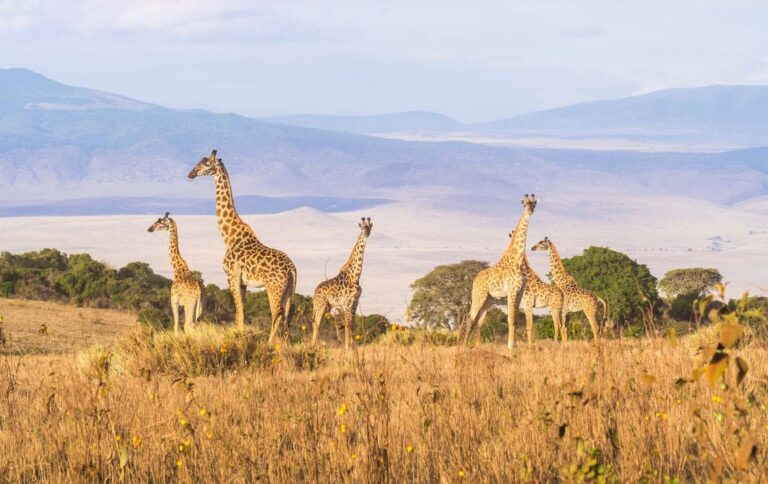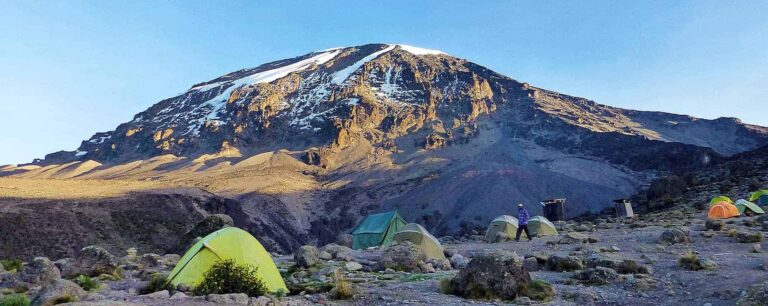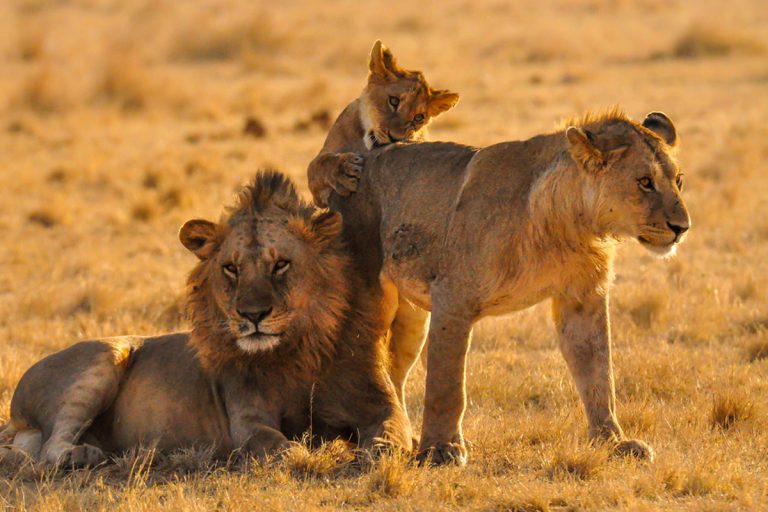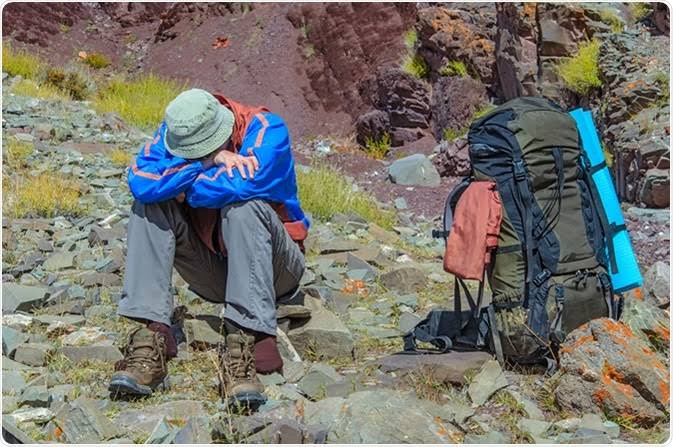Tarangire National Park is located in northern Tanzania, about 118 kilometers southwest of Arusha. It is part of the northern safari circuit, which includes other renowned parks like Serengeti, Ngorongoro Crater, and Lake Manyara. The park is easily accessible by road from Arusha, making it a popular stop for tourists en route to these other destinations. Its proximity to the Great Rift Valley also adds to its scenic allure, providing a dramatic backdrop of escarpments and undulating hills.
Covering approximately 2,850 square kilometers, Tarangire is the sixth largest national park in Tanzania. The park is named after the Tarangire River, which flows through its center and is a critical water source for the region’s wildlife. The landscape is diverse, featuring a mix of river valleys, swamps, and baobab-studded plains. This diversity supports a rich array of flora and fauna, making it a vibrant and dynamic ecosystem.
Tarangire experiences a tropical climate with distinct wet and dry seasons. The dry season, from June to October, is characterized by hot days and cooler nights, with minimal rainfall. During this period, animals congregate around the shrinking water sources, making it an ideal time for wildlife viewing. The wet season, from November to May, sees the park transform into a lush, green landscape, with higher temperatures and occasional thunderstorms. While the wet season supports a different set of ecological dynamics, including migratory birds and calving herbivores, it can make some areas difficult to access due to muddy conditions.
The park is renowned for its large elephant herds, which are among the highest densities in Tanzania. Visitors can also expect to see a variety of other animals, including lions, leopards, cheetahs, and an array of antelope species like impalas and kudu. Birdwatchers will be delighted with over 500 species recorded in the park, including the colorful yellow-collared lovebird and the giant eagle owl. The best time to visit Tarangire is during the dry season when wildlife is more concentrated around water sources, making them easier to spot. However, the wet season also has its charms, offering lush scenery and the chance to see newborn animals and migratory birds.







